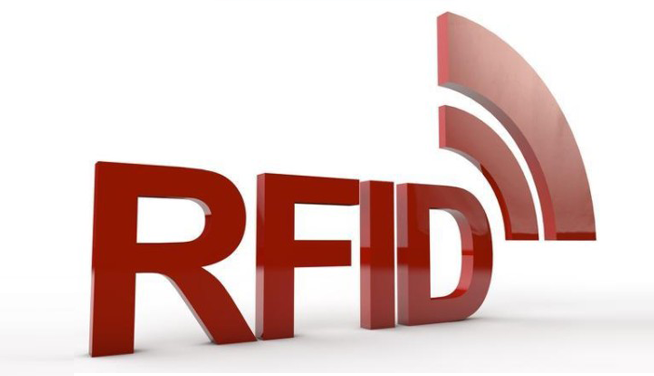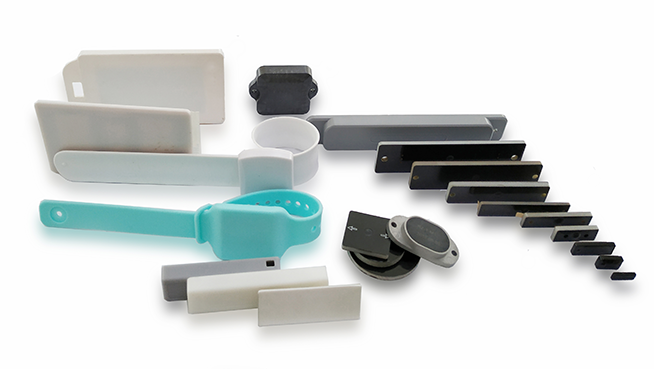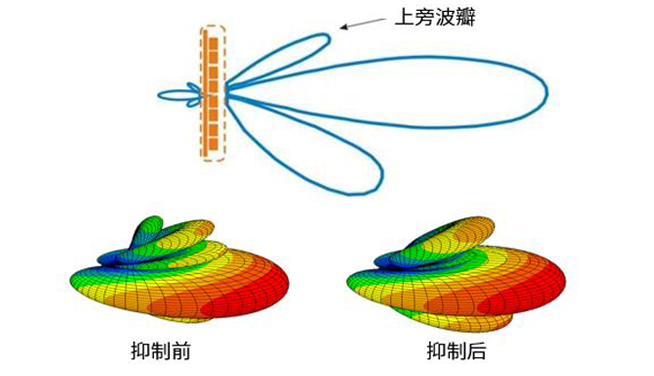When it comes to UHF rfid antennas, we often don't know how to choose antennas in project applications. The most important points for selecting antennas are: polarization direction, antenna gain, beam angle, working frequency band, mechanical size, application environment, etc.
The polarization directions are: circular polarization, linear polarization, and dual linear polarization.
1, the circularly polarized antenna is the most widely used, there is no requirement for label placement, and 360 degree rotation can be recognized normally.
2. The linearly polarized antenna must ensure that the tag and the antenna are recognized at the same level. The tag cannot be read after 90 degrees of rotation. However, for an antenna of the same size, the linear polarization is about 30% higher than the circular polarization. The linearly polarized antenna energy is concentrated in one direction.
3. The dual-polarized antenna is composed of two linearly polarized antennas. The two antennas are horizontally polarized and vertically polarized. The dual-polarized antenna has the high efficiency of linear polarization and the use of near-polarization. The only drawback is that it must occupy 2 ports of the reader.
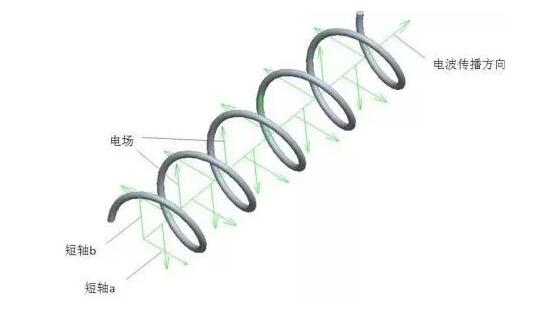
Circularly polarized radiated electromagnetic wave
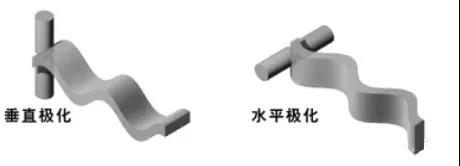
Linearly polarized radiated electromagnetic wave
The antenna gain represents the efficiency of the antenna. The larger the value, the more the corresponding recognition distance is. The same antenna volume increases as the gain of the antenna increases.
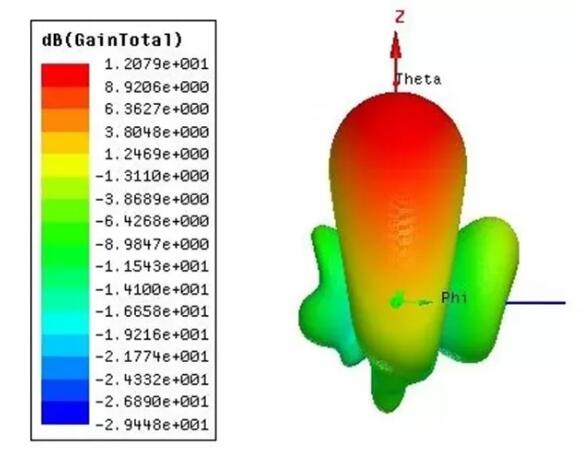
The beam angle represents the antenna radiation width, and the radiation angle is divided into a wide beam and a narrow beam. The smaller the antenna size, the larger the radiation angle.
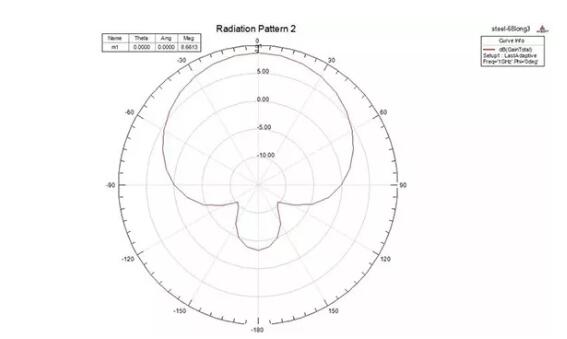
Wide beam
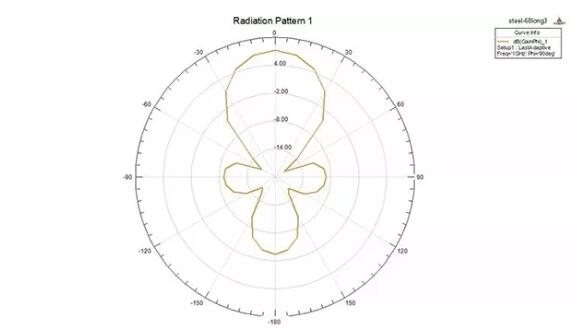
Narrow beam
How to choose the correct RFID antenna in the project application
The project management applications that are usually exposed include warehouse management, logistics management, production line management, book management, file management, vehicle management, clothing retail management, fixed asset management, etc., often do not know how to choose correctly in the process of contacting the project. Antenna, the usual thinking is to use Laird's antenna, I feel that the imported brand is definitely reliable, so I did not think whether it is suitable for the project use environment. Cross-reading, misreading, low recognition rate in the project is the most common problem, and the most common user. The problem of headaches can be solved by the antenna (field).
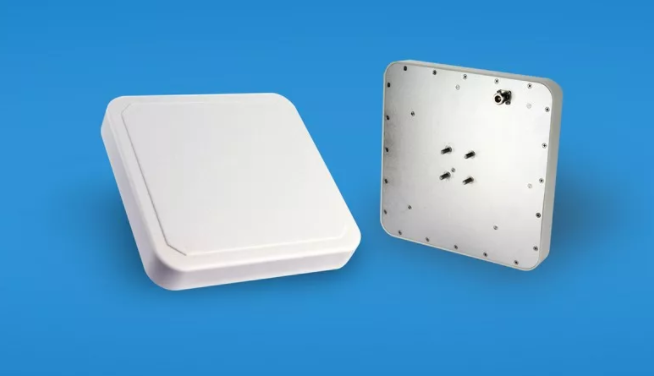
1, warehousing logistics
The access control system is used in the management of warehousing and logistics books. The functions that need to be realized are the entry and exit, the anti-theft, the regional positioning, etc. The most common problem in the project is misunderstanding. The access control installation is at the door, and the warehouse inside the shelf is away from the door. About a distance of one meter, usually the antenna will read the label on the shelf. In similar projects, the selected antenna must be a circularly polarized narrow beam antenna. Because the label direction is messy, the antenna polarization is very important. Then the narrow beam antenna, because the management of the door is as narrow as possible on the left and right sides, so that it can ensure that the tags inside the warehouse are not misread. The common antenna can be read at a distance of 3 meters under the same power. Labels, while narrow-wave antennas can be controlled to read from within 1 meter. Another advantage of narrow-wave antennas is that the horizontal beam is narrow and the vertical beam is wide, so that the cargo stack is high and can be recognized normally, which is a good solution to misreading. String reading and other issues.
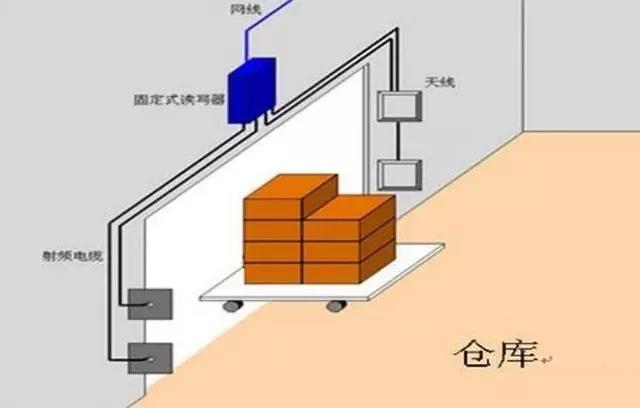
2. Vehicle production line management
In the production line management of vehicles, the adjacent tag string reading is often encountered. In the similar project, the label installation direction is basically the same, so the linearly polarized antenna can be selected. The beam angle of the E-plane or H-plane of the linearly polarized antenna can be It is 30 degrees, so the radiation is very narrow, which solves the problem of adjacent tag string reading.
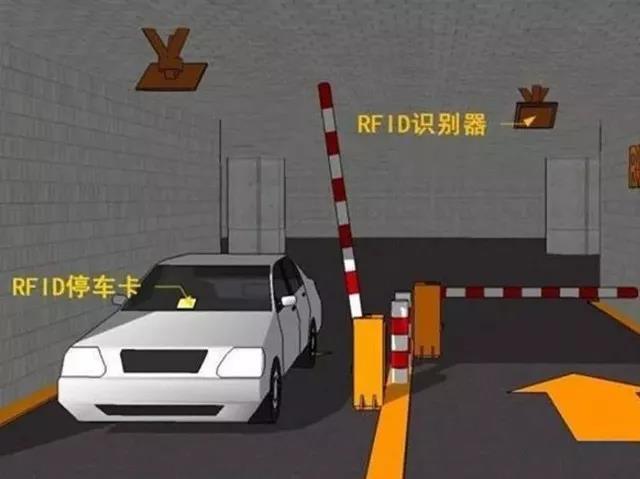
3, file management
In the management of archive files, it is usually necessary to identify how many files are in a cabinet, or how many copies are in each layer. The thickness of the portfolio is basically inconsistent, and some files are very thin when there are few files. The thickness may be only 1-2MM. In this case, we should choose the label with good stacking performance. When the two labels are adjacent, the performance will be very poor. It is due to the coupling between the label antennas and the label frequency. a huge change occured.
The second is to choose an antenna with a very uniform field. Many users think that the file and reader antenna should be close to the near field antenna. In fact, this is not the case. The far field antenna should be used as the near field because In many file management projects, the antenna is installed inside or below the cabinet, and the distance to be identified is about 15-30CM. The normal near-field antenna can identify 30CM at the maximum power of the reader, or the label performance needs to be guaranteed. In a good case, there is no margin in use, and there is not enough energy to supplement the energy lost by the label in the accumulation.
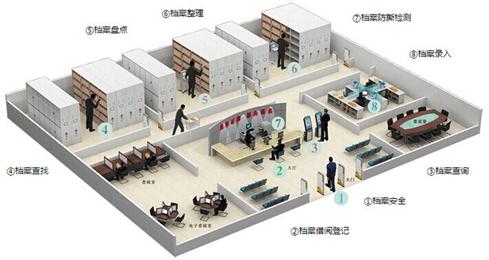
What problems can be solved by RFID antenna selection?
Often there are a variety of problems encountered in the application of the project, it is easy for everyone to make a false positive, so do not know where the problem is!
The antenna can solve: beam width field distribution gain size polarization characteristics.
Reader solution: multi-tag capability Receive sensitivity Read distance Output power, etc.
Source: http://www.brrfid.com/show-62.html Broadradio-UHF rfid hardware solution provider, please indicate the source.





